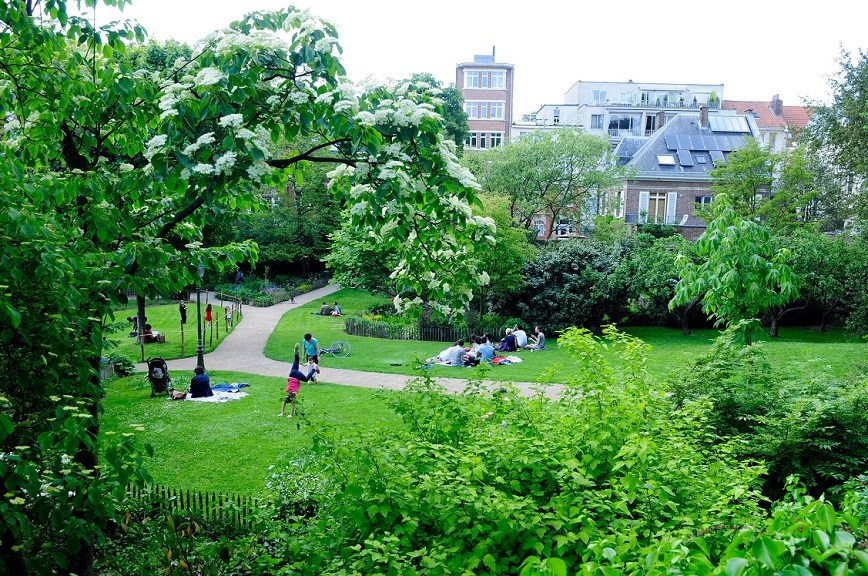One resident out of five living in Brussels has too little access to quality public green spaces, a joint ULB and VUB study revealed on Friday.
The access to green space is significantly lower for those living in the city centre compared to the periphery, but the situation also varies greatly from one municipality to another.
Uccle residents are on average close to six parks, whereas 21% of people living in the capital region have too little greenery in their neighbourhood, while 4% have no greenery at all, researcher Philip Stessens said.
The model developed for the study included elements such as the surface of green areas, residents’ proximity to trees and vegetation and/or biodiversity indicators.
In general, Brussels is a very green city, the study authors said. Gardens, parks and forests account for about half of its area, and a third of these spaces are public.
In addition to better air quality, temperature maintenance in case of heat and an advantage for water development, parks are also a "cultural ecosystem", for they are favourable to relaxation, recreation, aesthetic experience and contact with nature.
Indeed, " shouldn’t quality access to such places be every citizen’s right?" Stessens asked. Among the solutions to reduce this green fracture, the researcher suggests in particular to find unused railroad tracks in order to transform them into parks.
This study is part of an ongoing project, and Brussels residents are invited to contribute via: www.co-nature.org/questionnaire .
The Brussels Times

